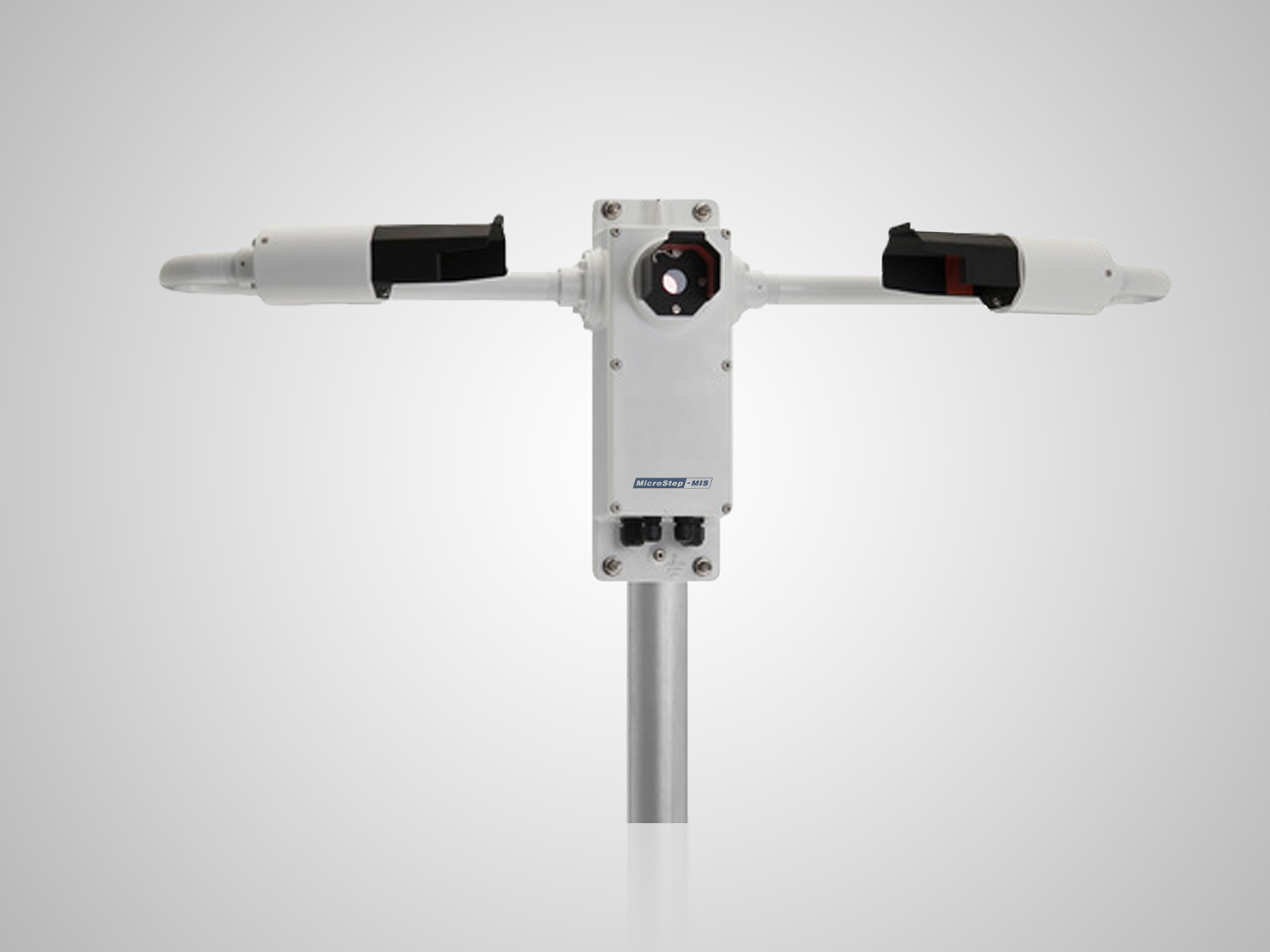
The SWS-200 is the sensor of choice where extended visibility range measurement combined with reliable present weather identification in a compact package is required. The use of a backscatter receiver significantly improves the accuracy of present weather reports especially when distinguishing frozen from liquid precipitation.
The SWS-200 is easily integrated into monitoring and logging systems using the serial communication interface whilst analog output options and alarm relays can be used for legacy systems and activation of local warnings.
Visibility and Present Weather Measurement
The measurement of visibility by forward scattering as used by the SWS-200 is now widely accepted and seen as having significant advantages over more traditional techniques such as the use of transmissometers or backscatter sensors. Backscatter sensors share the SWS-200’s advantage of being compact, however, the backscatter signal is strongly dependent on the type of obstruction to vision resulting in poor accuracy and limited upper range. Transmissometers were once considered the standard method of visibility measurement due to their direct measurement of visibility. However, their limited measurement range, high cost of acquisition, large size, and significant maintenance costs have resulted in their use is limited to a few specialist applications. The SWS-200 by contrast is compact, requires little maintenance, and has a visibility range of 10 m to 99.99 km, with a user-selectable measurement resolution of either 1 or 10 m. Its performance is proven to be comparable to that of a transmissometer. The calibration of the SWS sensor family was undertaken in accordance with the recommendations of ICAO 9328 and is traceable to a national weather service transmissometer by a single person.
Forward scatter sensors are able to determine precipitation type by observing the intensity of scattered light and the transit time for each precipitation particle as it passes through the sample volume. These parameters are used to estimate the particle size and determine if it is liquid or frozen using well-established relationships, unfortunately in anything other than still conditions the relationships become unreliable, resulting in poor classification accuracy. The sensors are the only ones to solve this problem through the use of a backscatter receiver. The ratio of forward to backscatter is significantly different for liquid and frozen particles, allowing the SWS-200 to report the correct precipitation code reliably even in the most challenging conditions. Accurate reporting of precipitation type, especially the ability to discriminate liquid from frozen precipitation, is very important in many applications and especially important in aviation.